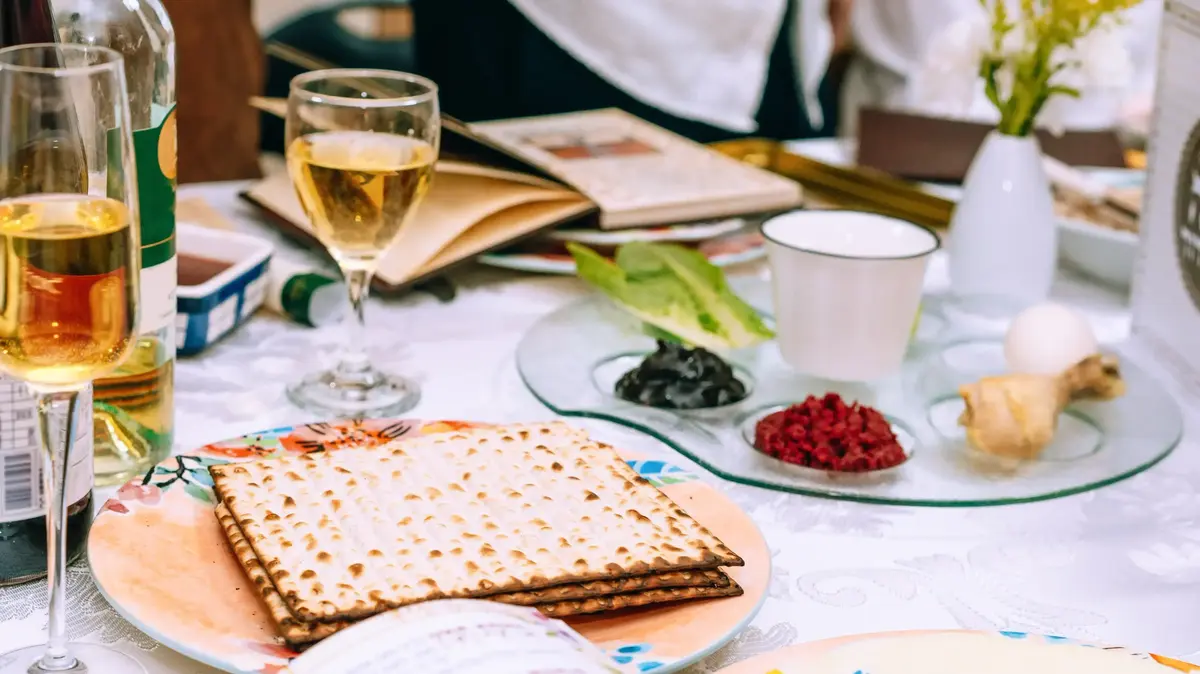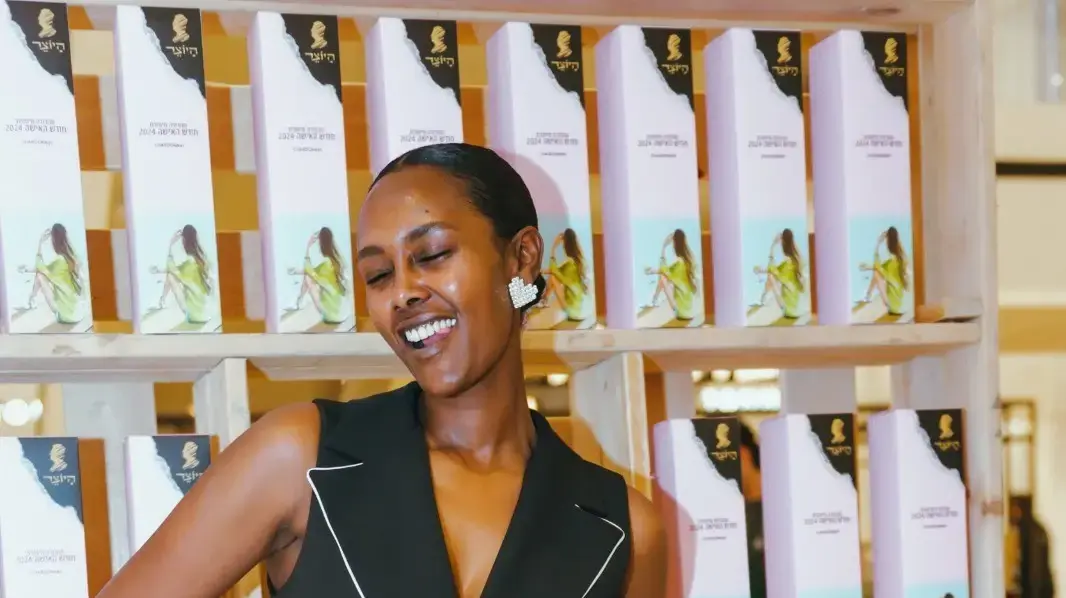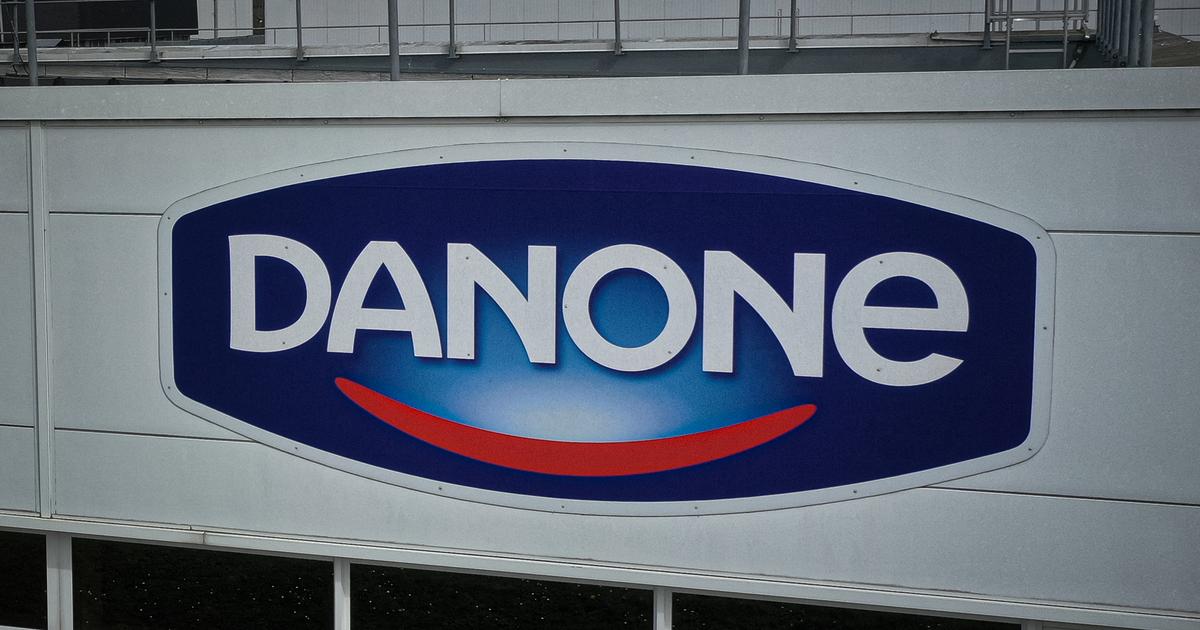Of money
All articles
Wine came in, how much did it come out?
Price survey ahead of the holiday
Rosh Hashanah is one of the two records in wine consumption in Israel.
The offer is large and the prices range from NIS 20 per bottle to over NIS 200.
We went out to check out "table" wines, in a price range that returns a surplus of NIS 60 per bottle.
Here are the results
Tags
wine
Carmel Wineries
Golan Heights Winery
Barkan
staff
Tepperberg
Binyamina
Tavor Winery
Dr. Hezi Gur Mizrahi
Sunday, 29 August 2021, 16:53 Updated: Monday, 30 August 2021, 07:14
Share on Facebook
Share on WhatsApp
Share on general
Share on general
Share on Twitter
Share on Email
0 comments
The last year and a half in the field of wine, in Israel and around the world, is a little difficult to sum up. Although it is difficult to know what of the drinking culture habits we Israelis adopted during the Corona days, we changed to stay, but the assumption is that those who have become accustomed - even if as a result of prolonged closures to no good meal without good wine, will continue to enjoy the wine.
The wineries, wine importers and various sales platforms, from retail chains to specialized chains and stores, have experienced a dramatic change in the consumer culture of Israelis.
In the past it was customary to sell table wines (there is a debate about this definition among professionals, but for the purpose of this article it is certainly sufficient). That is - simple, accessible and cheap wines, in sales promotions in the baroque market, also known as the "hot market" - mainly retail chains and discount stores.
Although these also sold more expensive wines, even selected wines, the latter were most often launched in the "cold" market, also known as the image market.
This market includes the hotels, bars and restaurants.
The assumption was that anyone who tried a fine wine in a luxury restaurant would look to purchase the same bottle in stores as well.
Speaking of price in the face of a consumer situation: many Israelis tend to put the most expensive wines on the holiday table, at prices of NIS 100 per bottle - and sometimes much more.
We recommend counting to ten, not because there are no wonderful wines worth the expensive prices, but because the holiday ceremonies - from raising a glass in the workplace to the holiday meal, usually include a diverse audience of eight from those who are "sour" wine to those who understand.
Therefore, before you buy a bottle of wine, it is advisable to think about who will enjoy it.
Good to know (promoted)
Custom insole: half an hour and you are on your way to a new life
To the full article
Wines that cost less than NIS 30 per bottle.
You may be surprised, but there are some "realities" here (Photo: Daniel Malakhovsky)
Wine for religious worship purposes
Despite the discourse on the blossoming of wineries in Israel, from old and large wineries to boutique wineries, up to Corona, wine consumption in Israel was close to six liters per capita per year (in many countries around the world, especially in Europe and North America, the average quantity is tens of liters, about 7-8 times the consumption in Israel ).
About eight standard bottles of wine.
Most of the wines consumed in Israel were relatively cheap, at a price of about NIS 30 per bottle and most were consumed for worship purposes: from Kiddush on Fridays and through Israeli holidays, when most consumption focused on the holidays: Tishrei - from a week before Rosh Hashanah to Simchat Torah and spring holidays No knowledge of Purim, through the four glasses that accompany the Passover Seder to the secular custom of sipping white wines and rosé wines (mostly) on Shavuot, the last of the holidays on the Hebrew calendar.
Speaking of religion - the driving force behind wine consumption in the Jewish sector, it should be remembered that 16% of the Muslim residents of the State of Israel, for the most part refrain from consuming wine (and any other alcoholic beverage) for religious reasons.
A little more about religion: The ban on consuming non-kosher wine is one of the strictest prohibitions on Jewish kosher food.
This figure has dramatic significance when it comes to wines: First, the sale in the major retail chains is of kosher products only, including wine.
Second, although there are imported kosher wines (there are wineries from Bordeaux in France to Argentina and South Africa that have a kosher production line. That is - a wine produced by observant Jews), For trade reasons, to be on the shelves of networks.
Wines for NIS 30-39, here too we found some not bad at all, but at a price that will not hurt when the aunt who "sours her" leaves a full glass (Photo: Daniel Malachovsky)
Corona time
All this was valid until the corona plague broke out. The outbreak caught the wineries, importers and wine distributors in Israel, in a strange situation: Purim still somehow managed to behave almost as usual, although it received a blow in the field of parties. On the other hand, Pesach was already in a closure that was removed only after Shavuot - and was returned on New Year's Eve last year.
If that were not enough, the fact that this global plague many restaurants closed overseas, especially in North America and Europe, the main destinations of exports of wine from Israel changed some of the rules of the game in the field of exports.
This week, the Israel Export Institute data on Israeli wine exports in 2020, nearly 10 months of it were under the strong influence of the Corona plague: the figure stands at $ 50 million, relatively little compared to other production industries, but quite a lot relative to the wine industry itself: twice as much as in 2010.
Surplus from NIS 60.
If you are not a die-hard wine lover, five in a bottle will be ideal for the holiday meal.
In Blue Nan, the sweetener, you can use it to raise a glass for the holiday with a diverse audience (Photo: Daniel Malakhovsky)
The wine shelves in the European retail chains look completely different from the wine shelves in the Israeli retail chains and this is what caused the wine store market in Israel to grow rapidly, when we look at the wine departments in chains like Carrefour, Tesco and even Aldi, exposed to a huge selection.
The second and unfortunate statistic is the price: wine in most countries of the world is much cheaper than it is in Israel.
It is true that it is a little difficult to compare - because of parameters such as the grape variety, vintage year and more - which vary from country to country, and yet: in most supermarkets in Europe there are reasonable to good wines at prices that sometimes fall below 5 euros Which will usually be about 40% cheaper than their Israeli counterparts.
Selected by Carmel, a popular brand among Israelis.
Pay attention to the price (Photo: Daniel Malakhovsky)
The wine industry in Israel
The wine market in Israel generates about a billion shekels a year and numbers about 250 wineries, most of them small. About 70 of them are "commercial" wineries - with or without quotes, and of course the largest wineries are responsible for the sale of over 90% of the wines in Israel. In terms of wine agriculture, there are about 55,000 dunams of vineyards in Israel, 40% of which are in the north of the country in the Galilee and Golan Heights.
Until recent years, the red years - mainly Cabernet Sauvignon and Merlot - occupied most of the production, but in recent years, with the Israeli consumer's increasing familiarity with white and rosé wines, there has been a change in attitude. Today, the white or blush varieties (rosé) make up over 30% of the production in Israel - and there are quite a few wineries that declare that the amount of white wine production has already surpassed the red ones.
The main players in the Israeli market are
Barkan-Segal Wineries,
which are owned by Tempo,
Carmel Winery
The old one, founded by Baron Rothschild (although not the oldest winery in Israel, is the first winery in Israel that was a modern enterprise - until World War I was considered an excellent winery even by European standards) which set itself the goal (along with higher series) to specialize in the more accessible wine market.
Tepperberg Winery
has made phenomenal progress in recent years and has turned a winery mainly associated with table wines (and even "Efrat" kiddush wines) into a leading winery in the industry,
the Golan Heights Winery
, which is considered to have led the quality revolution in the industry in the mid-1980s. The "Mount Hermon" brand is also the top marker of the table wine category.
Binyamina Winery
,
Tavor Winery
located in the portfolio of the Central Company (Coca-Cola).
Of the large importers, we will mention
Shaked in particular
- which owns both the semi-dry brand "Blue Nan" which has become a bestseller in the Israeli market and is also connected to a chain of stores through the wine, which provides it with a convenient distribution platform nationwide.
Mount Hermon, although a relatively simple wine, is considered the locomotive of the esteemed Ramat Gan winery, a bottle that is mainstream Israeli (Photo: Daniel Malachovsky)
We went out to the various chains to sample several categories of table wines at prices of up to NIS 50 per bottle. Here is a brief explanation of the holiday promotions: for example, one of the most popular series in the category, the "Mount Hermon" series of the Golan Heights, belongs in the days as a correction to the price category of 30 shekels and even slightly more. On the other hand, there are chains that bring the price below NIS 30 for the holiday and sometimes also for "4 in 100" promotions.
Here's what we found at up to NIS 50 per bottle - and before moving on to prices, keep in mind: With all due respect to professional terms in the wine world, the basic association is "tasty" or "delicious" ...
price differences during the holidays wine negligible compared to the existing gaps during The periods between the holidays, there are chains that maintain special prices almost all year round and there are chains where the price jumps significantly after the holiday.
Blue Nan, usually sold for NIS 50 and up, can be obtained for the holiday at a significantly lower price.
Perceived less as wine for a meal and more as a "drink" and its sweet taste will enchant many who usually avoid wine (Photo: Daniel Malachovsky)
The author is the director of the Institute for Retail
Research.
Share on Facebook
Share on WhatsApp
Share on general
Share on general
Share on Twitter
Share on Email
0 comments















